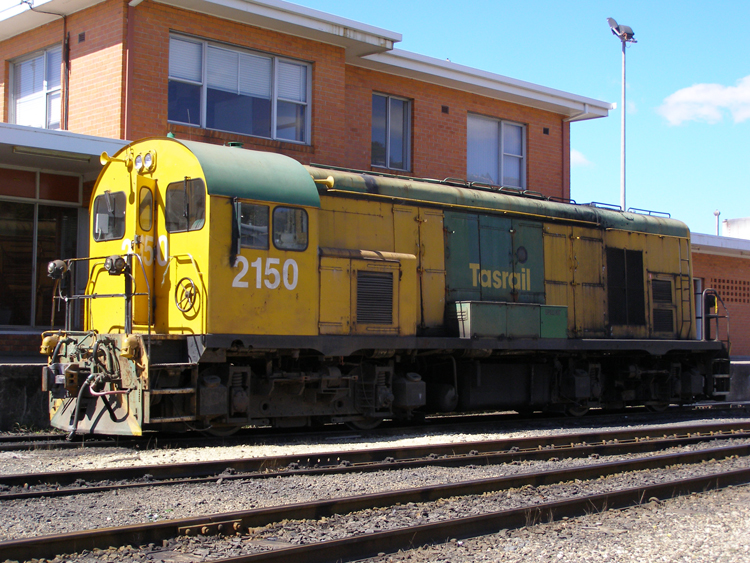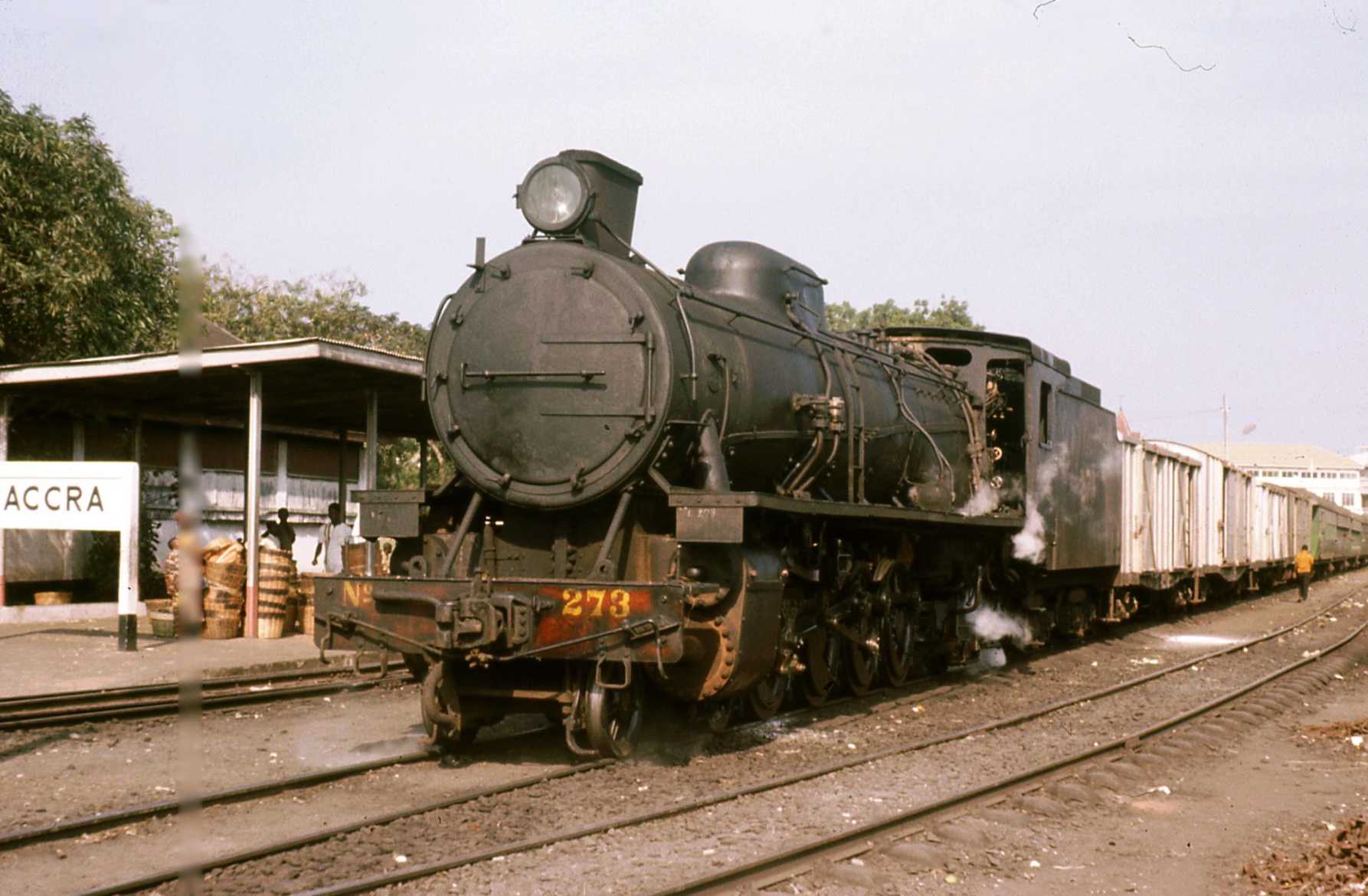|
Don River Railway
The Don River Railway is a volunteer-run vintage railway and museum in Don, a suburb of Devonport, Tasmania. It runs a passenger train ride from Don to Coles Beach (operationally known as Don Junction) and return. The current line follows a reconstructed section of the former Melrose line that ran between Don Junction and Paloona. The Don River Railway is open from Saturday to Thursday, closing only for Christmas Day, Good Friday, and ANZAC Day. On weekdays customers can expect to ride in a 1940s ex Tasmanian Government Railways rail car and trailer, DP22 and PT3. On weekend operations a heritage carriage set is hauled by either a steam locomotive or a vintage diesel locomotive. Steam Locomotives Tasmanian Government Railways The Tasmanian Government Railways (TGR) was the former operator of the mainline railways in Tasmania, Australia. Formed in 1872, the railway company was managed by the Government of Tasmania, and existed until absorption into the Australian Na ...' ... [...More Info...] [...Related Items...] OR: [Wikipedia] [Google] [Baidu] |
Tasmanian Government Railways Y Class
The Y class is a class of diesel locomotives built by the Tasmanian Government Railways between 1961 and 1971. History The Y class were designed by English Electric and constructed by the Tasmanian Government Railways' Inveresk Workshops. Eight were built as mainline freight and passenger locomotives between 1961 and 1971.Y Class Rail Tasmania Following the success of the X class, the decided to order additional diesel locomotives. |
Robert Stephenson & Hawthorns
Robert Stephenson and Hawthorns Ltd (RSH) was a locomotive builder with works in North East England. History The company was formed in September 1937 when Robert Stephenson and Company, which was based in Darlington, took over the locomotive building department of Hawthorn Leslie and Company, based in Newcastle upon Tyne. The goodwill of Leeds locomotive builders Kitson & Co. was obtained in 1938. RSH locomotive numbering began at 6939, this being the first number following the sum total of locomotives built by Robert Stephenson & Co. and Hawthorn Leslie, (6938). RSH became part of English Electric in 1955. Locomotive building at the Newcastle upon Tyne works ended in 1961 and at Darlington in 1964. Diesel locomotives RSH entered the diesel locomotive market in November 1937 with a "direct reversing" locomotive fitted with a Crossley two-stroke engine. There was no reversing gearbox and the diesel engine itself was reversible, as in marine practice. When starting, in e ... [...More Info...] [...Related Items...] OR: [Wikipedia] [Google] [Baidu] |
Railway Museums In Tasmania
Rail transport (also known as train transport) is a means of transport that transfers passengers and goods on wheeled vehicles running on rails, which are incorporated in tracks. In contrast to road transport, where the vehicles run on a prepared flat surface, rail vehicles (rolling stock) are directionally guided by the tracks on which they run. Tracks usually consist of steel rails, installed on sleepers (ties) set in ballast, on which the rolling stock, usually fitted with metal wheels, moves. Other variations are also possible, such as "slab track", in which the rails are fastened to a concrete foundation resting on a prepared subsurface. Rolling stock in a rail transport system generally encounters lower frictional resistance than rubber-tyred road vehicles, so passenger and freight cars (carriages and wagons) can be coupled into longer trains. The operation is carried out by a railway company, providing transport between train stations or freight customer facili ... [...More Info...] [...Related Items...] OR: [Wikipedia] [Google] [Baidu] |
Tourist Attractions In Tasmania
Tourism is travel for pleasure or business; also the theory and practice of touring (other), touring, the business of attracting, accommodating, and entertaining tourists, and the business of operating tour (other), tours. The World Tourism Organization defines tourism more generally, in terms which go "beyond the common perception of tourism as being limited to holiday activity only", as people "travelling to and staying in places outside their usual environment for not more than one consecutive year for leisure and not less than 24 hours, business and other purposes". Tourism can be Domestic tourism, domestic (within the traveller's own country) or International tourism, international, and international tourism has both incoming and outgoing implications on a country's balance of payments. Tourism numbers declined as a result of a strong economic slowdown (the late-2000s recession) between the second half of 2008 and the end of 2009, and in consequence of t ... [...More Info...] [...Related Items...] OR: [Wikipedia] [Google] [Baidu] |
Heritage Railways In Australia
Heritage may refer to: History and society * A heritage asset is a preexisting thing of value today ** Cultural heritage is created by humans ** Natural heritage is not * Heritage language Biology * Heredity, biological inheritance of physical characteristics * Kinship, the relationship between entities that share a genealogical origin Arts and media Music * ''Heritage'' (Earth, Wind & Fire album), 1990 * ''Heritage'' (Eddie Henderson album), 1976 * ''Heritage'' (Opeth album), 2011, and the title song * Heritage Records (England), a British independent record label * Heritage (song), a 1990 song by Earth, Wind & Fire Other uses in arts and media * ''Heritage'' (1935 film), a 1935 Australian film directed by Charles Chauvel * ''Heritage'' (1984 film), a 1984 Slovenian film directed by Matjaž Klopčič * ''Heritage'' (2019 film), a 2019 Cameroonian film by Yolande Welimoum * ''Heritage'' (novel), a ''Doctor Who'' novel Organizations Political parties * Heritage (Armenia ... [...More Info...] [...Related Items...] OR: [Wikipedia] [Google] [Baidu] |
Rail Transport In Tasmania
Rail transport in Tasmania consists of a network of narrow gauge track of reaching virtually all cities and major towns in the island state of Tasmania, Australia. Today, rail services are focused primarily on bulk freight, with no commercial passenger services being operated. The mainline railways of Tasmania are currently operated by TasRail, a Government of Tasmania-owned Corporation, who owns and maintains both rolling stock, locomotives, and track infrastructure. Traffic Tasmania has a small rail system by world standards. It currently carries no regular passenger services. Freight services are supported (in part) by state government funding. The main cargo carried is cement, which is carried from Railton to the port at Devonport. Other major commodities carried are coal, logs, containers and newsprint. History Routes A "Irish gauge" railway line was opened between Deloraine and Launceston on 10 February 1871''Australian Railway Routes 1854–2000'' Quinlan, ... [...More Info...] [...Related Items...] OR: [Wikipedia] [Google] [Baidu] |
Tasmanian Government Railways X Class
The X class is a class of diesel locomotives built by English Electric for the Tasmanian Government Railways between 1950 and 1952. They were the first class of diesel locomotive to enter mainline service on a Government-owned railway in Australia. Description The power generating unit consists of an English Electric 6SRKT Mark I engine, developing at 750 revs. per minute. The engine is turbocharged and has vertical cylinders of bore and stroke. The main generator is coupled directly to the engine crankshaft and the auxiliary generator is mounted on the free end of the main generator.Tasmanian Government Railways Vulcan Locomotives 1950 To house the power unit and auxiliary equipment, the superstructure is divided into ... [...More Info...] [...Related Items...] OR: [Wikipedia] [Google] [Baidu] |
South Australian Railways 830 Class
The 830 class are a class of diesel locomotives built by AE Goodwin, Auburn for the South Australian Railways between 1959 and 1966. The New South Wales 48 class and Silverton Rail 48s class are of a very similar design. History In 1959, the South Australian Railways placed an order for 10 Alco DL531 locomotives for use in light freight haulage, especially on branch lines where a low axle load was essential. Further orders saw the fleet built up to 44 by February 1970 with 15 narrow gauge, 12 standard gauge and 17 broad gauge examples. In February 1970, an additional unit was purchased second hand from Silverton Tramway. In March 1978, 43 were included in the transfer of the South Australian Railways to Australian National with the other two (no. 830 & 845) going to the State Transport Authority before also moving to Australian National. From July 1974 until December 1980 847–849, were loaned to the Public Transport Commission where they were pooled with the 48 class. ... [...More Info...] [...Related Items...] OR: [Wikipedia] [Google] [Baidu] |
Emu Bay Railway 10 Class
The Emu Bay Railway 10 class are a class of diesel-hydraulic locomotives built by Walkers Limited, Maryborough for the Emu Bay Railway between 1963 and 1966. History On 17 August 1963, the Emu Bay Railway took delivery of three diesel-hydraulic locomotives from Walkers Limited. A fourth was assembled at the Tasmanian Government Railways’ Launceston workshops in April 1966. In 1969/70, the pneumatic control gear was replaced with electro-pneumatic equipment to allow the class to operate in multiple with the 11 class. Between 1980 and 1992 all were repowered with the Caterpillar D398B as fitted to the 11 class. All were included in the April 1998 sale of the Emu Bay Railway to the Australian Transport Network Australian Transport Network (ATN) was a freight railway operator in Australia that commenced operating in November 1997. The company operated narrow gauge trains in Tasmania and standard gauge trains in New South Wales and Victoria. It was form .... Following the Jun ... [...More Info...] [...Related Items...] OR: [Wikipedia] [Google] [Baidu] |
Tasmanian Government Railways V Class
The Tasmanian Government Railways V class are a class of diesel locomotives operated by the Tasmanian Government Railways. History The V class were the first diesel locomotives operated by the Tasmanian Government Railways (TGR) with four delivered by the Vulcan Foundry in 1948 to a design by the Drewry Car Co. which was similar to that of the standard gauge British Rail Class 04. In 1951 a fellow two were delivered followed by another two in 1955. Between 1959 and 1968 the TGR built a further four at its Launceston Workshops.Drewry Shunters V, VA, EBR 22 Rail Tasmania Two identical locomotives were purchased by the |
Tasmanian Government Railways DP Class
The Tasmanian Government Railways DP class was a class of diesel railcars operated by the Tasmanian Government Railways. History The DP class diesel railcars comprised eight different batches of vehicles. The early members were originally petrol powered wooden bodied rail motors while the latter units were articulated units. These latter units were initially used on the '' Tasman Limited'' when it was introduced in April 1954 until locomotive hauled stock was built. Some lasted in service until the cessation of passenger services in 1978. One was retained until 1996 as a track inspection vehicle.Exhibit - DP class railcars Tasmanian Transport Museum Society Eight have been preserved: *DP13 at the |
Tasmanian Government Railways H Class (1951)
The Tasmanian Government Railways H class was a class of 4-8-2 steam locomotives operated by the Tasmanian Government Railways. History In October 1951, the Tasmanian Government Railways (TGR) took delivery of eight H locomotives from the Vulcan Foundry, Newton-le-Willows built at the same time and basic design as the Gold Coast Railway '248' class in Ghana. They were delivered in a new emerald green livery. Four were later repainted red. As they fell due for overhaul, withdrawals began in 1961. H2 received a major overhaul in 1966-7, the last of the class to receive such work. Two (H2 and H5) partook in the Centenary of Rail in Tasmania celebrations in February 1971: H5 was withdrawn after this but H2 worked periodically before being finally withdrawn in 1975. All remained in store until disposed of between 1974 and 1978. Preservation *H1 at the Tasmanian Transport Museum, Glenorchy *H2 at the Derwent Valley Railway *H5 at the Derwent Valley Railway *H6 plinthed in Pe ... [...More Info...] [...Related Items...] OR: [Wikipedia] [Google] [Baidu] |






